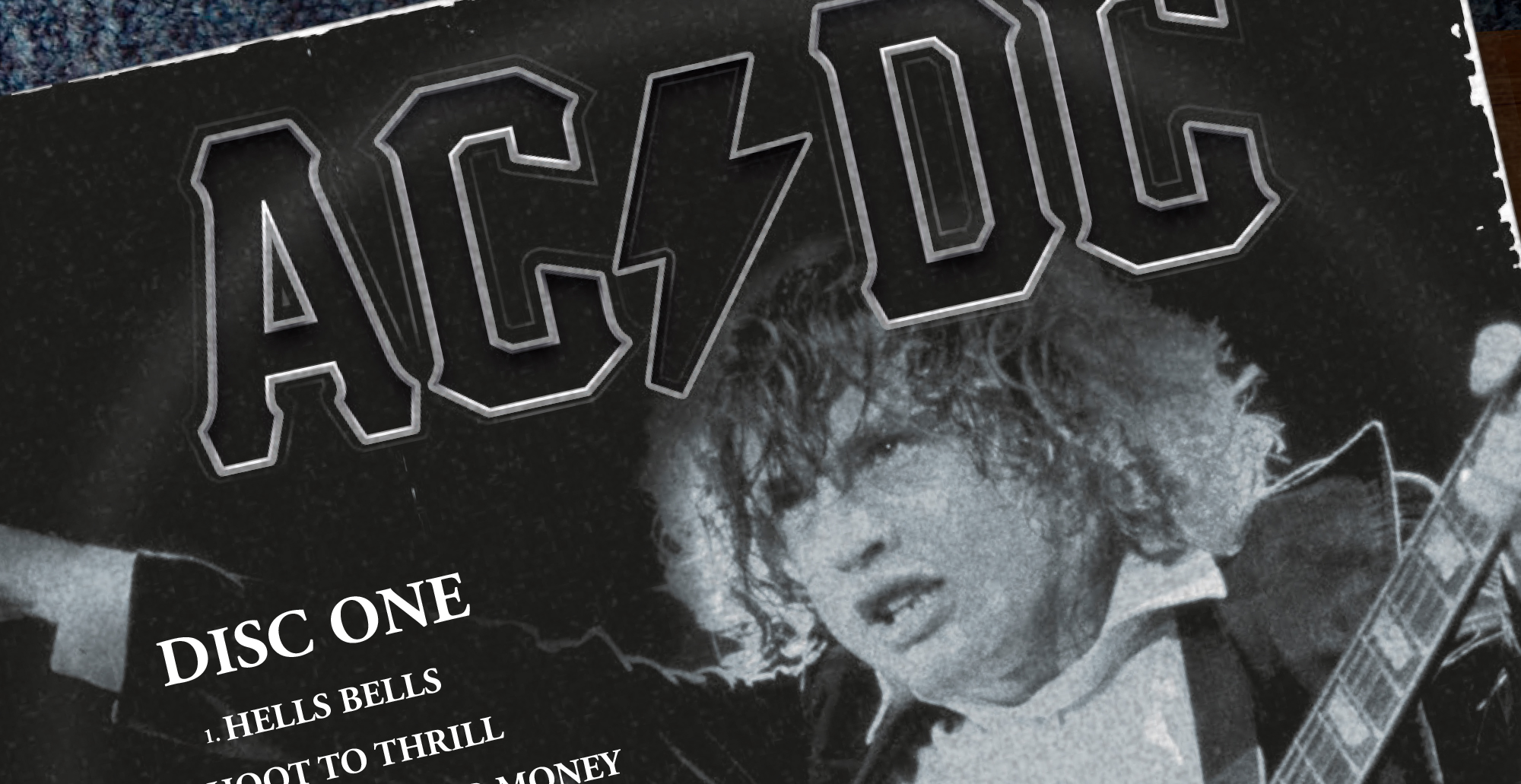Hells Bells - AC/DC
Learn to Play "Hells Bells" Note for Note
AC/DC’s “Hells Bells” is an iconic rock anthem that features the unmistakable riff work of Angus Young, combined with the driving rhythm of Malcolm Young. This track, from the 1980 album Back in Black, showcases essential rock guitar techniques that every player should have in their arsenal. In this note-for-note Licklibrary guitar lesson, you’ll learn the song in detail while developing crucial skills that enhance your playing. Danny Gill breaks down this classic track in this exclusive Lick Library video tutorial.
Guitarists Behind "Hells Bells"
Angus Young & Malcolm Young
Angus Young, the legendary lead guitarist of AC/DC, is known for his electrifying stage presence, blistering solos, and signature tone. His ability to combine raw energy with technical precision has influenced generations of guitarists.
Malcolm Young, the backbone of AC/DC’s rhythm section, played a pivotal role in crafting the band’s signature sound. His tight, punchy rhythm guitar work laid the foundation for many of AC/DC’s greatest songs. Together, the Young brothers created some of the most memorable riffs in rock history.
Breakdown of Guitar Techniques in "Hells Bells"
This Licklibrary lesson on "Hells Bells" focuses on key guitar techniques that are essential for mastering rock rhythm and lead playing. Below is a breakdown of each technique used in the song and how it benefits your guitar playing.
Power Chords
The foundation of “Hells Bells” relies heavily on power chords, which provide the song with its thick and aggressive tone. Learning to play power chords cleanly and with proper muting is essential for crafting a strong rhythm guitar technique.
String Bending
Angus Young is famous for his expressive string bending, which adds vocal-like emotion to his solos. Proper bending technique improves your intonation and overall lead guitar expression.
Vibrato
A controlled vibrato gives single notes a singing quality. Angus Young’s signature vibrato technique adds sustain and personality to his playing, making notes stand out.
Slides
The song makes use of slides to smoothly transition between notes, adding fluidity to both lead and rhythm guitar parts. Developing a clean slide technique enhances your ability to move seamlessly across the fretboard.
Palm Muting
Tight, percussive palm muting in the song’s rhythm section gives it a punchy, controlled sound. Mastering palm muting is key to achieving that signature AC/DC groove.
Hammer-Ons & Pull-Offs
The licks and lead sections of “Hells Bells” incorporate hammer-ons and pull-offs, which allow for fluid and expressive phrasing. Learning these techniques will improve your overall lead guitar dexterity.
Arpeggiated Chord Progressions
The intro features an eerie arpeggiated chord progression, setting the dark, ominous tone of the song. Practicing arpeggios improves finger independence and fretboard awareness.
Chord Progressions
The song’s structure is built on solid chord progressions, teaching players how to construct memorable rock riffs and rhythm parts.
Guitar Techniques Used in This Lesson
Below is a list of guitar techniques used in Hells Bells, along with links to detailed explanations:
- Power Chords
- String Bending
- Vibrato
- Slides
- Palm Muting
- Hammer-Ons
- Pull-Offs
- Arpeggiated Chord Progressions
- Chord Progressions
By mastering these techniques, you'll not only be able to play “Hells Bells” accurately but also develop a solid rock guitar foundation that you can apply to countless other songs. Start learning now and bring the power of AC/DC’s legendary sound to your playing!










